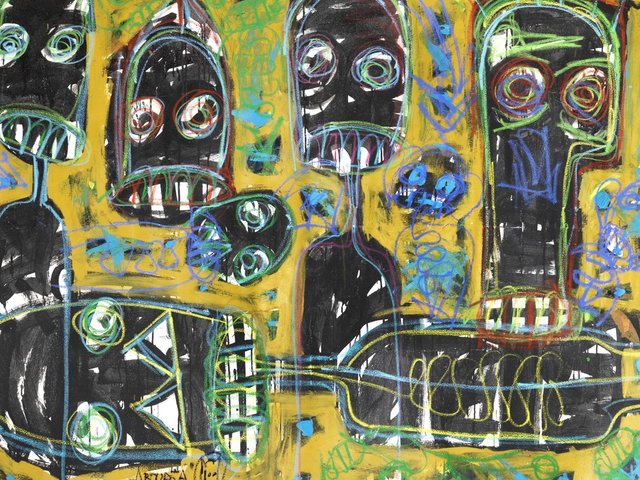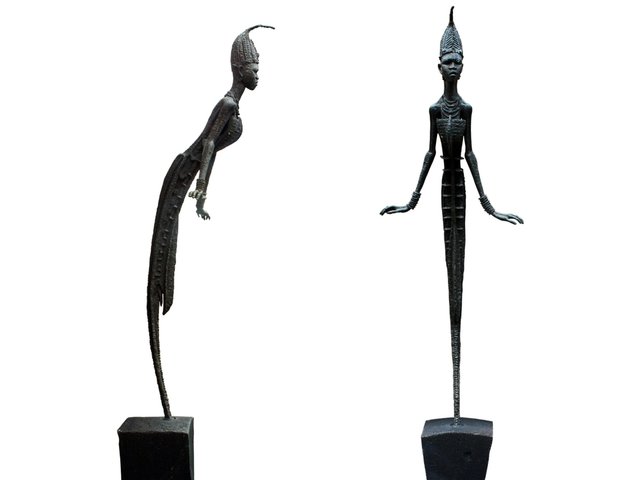There are some unwelcome signs in the market for contemporary and Modern African art. In 2023 auction sales in this category fell a little—by 8% to $79.8m, according to the analysts ArtTactic—though, as this was from a peak in 2022, and a less dramatic fall than the wider market, the assessment was that the sector remained in good health. But in 2024 sales fell a further and much deeper 45% to $43.9m, an ArtTactic report reveals, much more than the wider auction market.
At the same time, Sotheby’s—which gave this category a huge boost in 2016 when it hired the specialist Hannah O’Leary from Bonhams and launched dedicated sales—has now shelved the department amid its wider cost-cutting exercise. O’Leary has lost her small team and will instead usher her specialism into the broader contemporary and Modern auctions. It’s a blunt decision, but the small totals for this category meant the category was “low-hanging fruit”, notes one observer. Sotheby’s highest total sale made £4m, in October 2019—less than the £5.4m made by one painting by South African artist Lisa Brice in its general evening auction last month.
Still, what was a boost in 2016 feels like a blow in 2025. O’Leary manages to find silver linings though. “It’s a natural progression in a market that has come of age, plus it means more sales per year at our disposal,” she says. She notes too that in a such a small-value category, one or two works by internationally-renowned artists—such as Julie Mehretu (Ethiopia), Michael Armitage (Kenya) and now Brice—quickly skew the percentages.
A Venice Biennale boost
Where there is momentum just now is for Africa’s 20th-century artists, many of whom feed into the current appetite for the overlooked. Last year’s Venice Biennale turned up the volume and now the 1947 Self-Portrait by South Africa’s Gerard Sekoto (1913-93) is the poster boy for the Centre Pompidou’s landmark Paris Noir exhibition of 20th-century Black artists in France (until 30 June). The painting, incidentally, is owned by Frank Kilbourn, the chairman of South Africa’s Strauss auction house.
The other auction houses are also on the case. Bonhams’s Modern & Contemporary African sale on 20 March had five Sekoto works and the same number by Nigeria’s Ben Enwonwu (1917-94), while two-thirds of its 76 lots were by artists born before 1940. “This is where the market is now,” says department head Helene Love-Allotey.
It seems a far cry from just a few years ago, when the six-figure-sum artists included the Ghanaians Emmanuel Taku (born in 1986) and Isshaq Ismail (born 1989). “There was an element of speculation when the market was booming,” says Strauss’s specialist Alastair Meredith, in understatement. But he confirms that the auction house is not pulling back from its push into contemporary African artists. “There is still quality in the cutting edge,” he says.
On the ground in the continent, players say that things still feel good enough. Touria El Glaoui, the founder of the specialist 1-54 art fair, says that despite cooler art market winds, galleries did “extremely well” at her latest and expanded event in Marrakech. Also going from strength to strength, exhibitors say, is the Investec Cape Town Art Fair, increasingly an international meeting place for the contemporary African art scene. The problem, El Glaoui says, is “not an Africa situation”, rather “it’s a very stressed art market at the moment”. That is true, but the bubble for its younger artists has burst in its wake.




